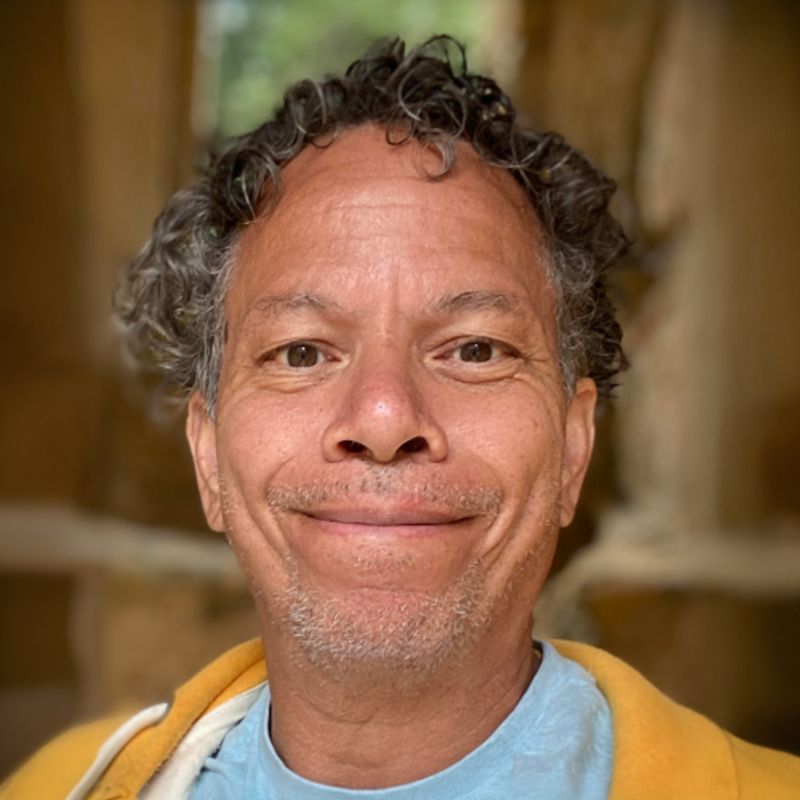Continuing education
Practicing Chinese medicine is more than carrying out a prescribed treatment strategy that corresponds to a certain pattern of complaints. The course “De Zes Divisies, Westerse fysiologie en Meridiaanpalpatie” will teach you how to systemically understand the profound interactions between the Six Divisions, the influence of weather conditions and the unique energetic power of point pairs. You will have the subtle dynamics of Qi, Blood, Yin and Yang explained, allowing you to make complex pattern diagnoses from a holistic energetic perspective and perform more effective treatments that will enable you to initiate deeper and faster healing processes.
You could say that thanks to this course you will learn to practice Chinese medicine as it was intended...
Applied Channel Theory in Chinese Medicine
The course is inspired by the insights and methodologies from Applied Channel Theory in Chinese Medicine by Wang Ju-Yi and Jason Robertson. This groundbreaking book uniquely bridges classical Chinese medicine principles and modern scientific approaches. It not only covers the Chinese physiological and pathological aspects of the 6 Divisions, but also explains them from Western physiology. In addition, a clear connection is made between the 6 Divisions and the 5 Elements and the influence of the 6 Qi (weather conditions) on diseases is discussed. It identifies the meridians that cause complaints and explains how certain points and point pairs can have powerful systemic effects. Both physiology and pathology are discussed, where pathology is seen as the reason for our interventions, based on our physiological knowledge.
The book also discusses the meridians in detail in relation to the physiological and pathological processes of the body. This goes far beyond the Zang Fu-related material that most of us have acquired as basic TCM knowledge. It teaches us unequivocally how Chinese medicine works from the energetic systems in our body.
Course content
By translating the core principles of Applied Channel Theory in Medicine into interactive learning experiences, this course will teach you to deeply understand the subtle dynamics of the meridians and how to immediately put this knowledge into practice through meridian palpation. You will literally learn how to diagnose more precisely and treat more effectively thanks to the deep connection between organs and meridians.
The following topics are discussed:
• deepening the Six Divisions and how they mutually influence each other within the Chinese view • an integrated Division analysis seen from a Western physiological perspective • the mutual relationship of the 6 Divisions with the 5 Elements • looking for changes on a meridian by palpation • integrating the research results of pulse, tongue, anamnesis and meridian palpation
On the one hand, you will gain theoretical insight into the systemic functioning of Meridians and Meridian points and will therefore break away somewhat from the linear cause-and-effect way of thinking that is based on the individual functioning of acupuncture points. And on the other hand, you will learn practically how to look for changes in and around the meridian area through palpation, allowing you to identify the Meridians involved. Finally, you will learn which specific energetic point pairs you can use to influence the Meridians involved in a systemic and profound way.
After completing this course you will have a greater understanding of the functioning of the meridian system as an energetic whole, giving you a clearer insight into the functioning of illness and health.
From day to day
Day 1: INTRODUCTION 6 DIVISIONS
• Meridian function • Explanation of Meridian palpation • The Six Qi + The Six Divisions • Definition + Pathology of Divisions • Comparative practical research using Meridian palpation versus pulse/tongue/history • Possibly introduction to 1st Division
Day 2: YANG DIVISIONS
• 1st Division Tài Yáng [part 2] • 2nd Division Shào Yáng • 3rd Division Yang Ming • Comparative practical research using meridian palpation versus pulse/tongue/history
The following will be covered in a follow-up course:
Day 3: YIN DIVISIONS
• 4th Division Tai Yin • 5th Division Shao Yin • 6th Division Jue Yin
Day 4: DEPTH IN MERIDIANS + POINTS
• Point pairs based on Divisions, Elements, Mother-Child, Extra Meridians, Clinical Experience • Extra Meridians • Practical application with patients • Luo + Xi-Cleft

 Roy Pronk
Roy Pronk